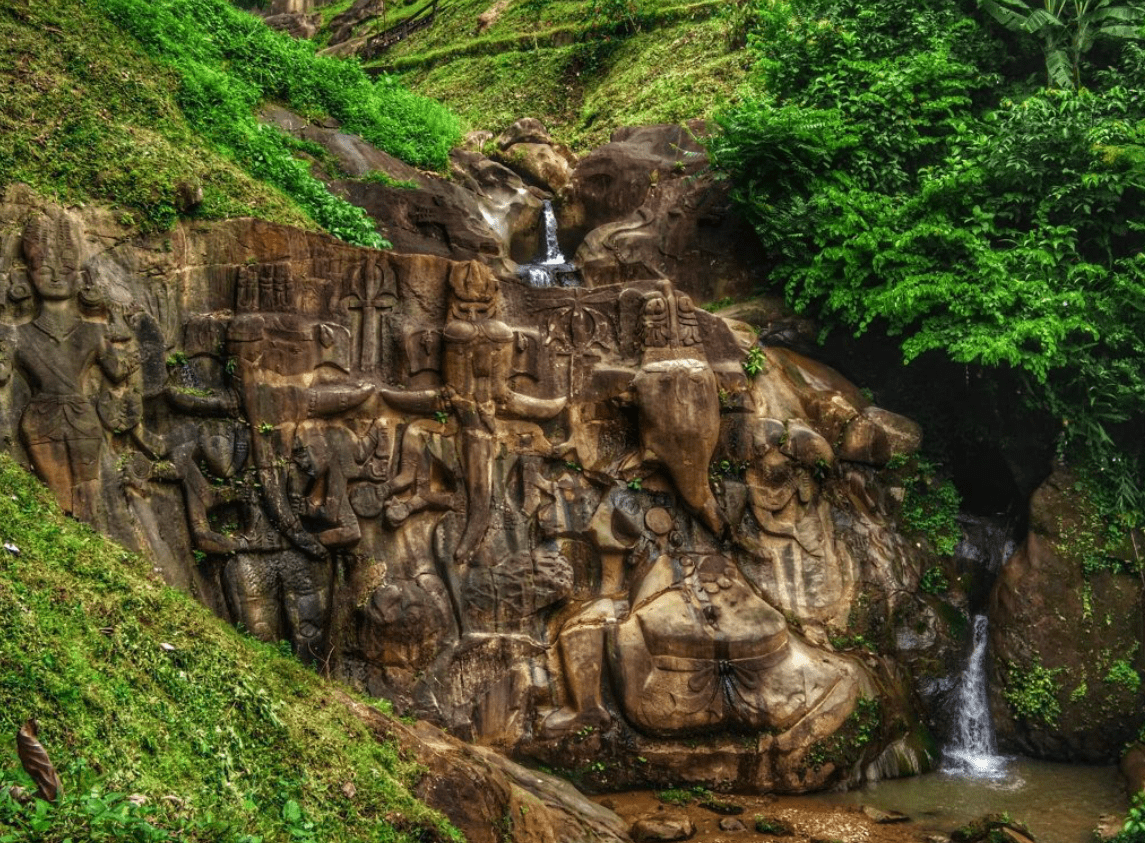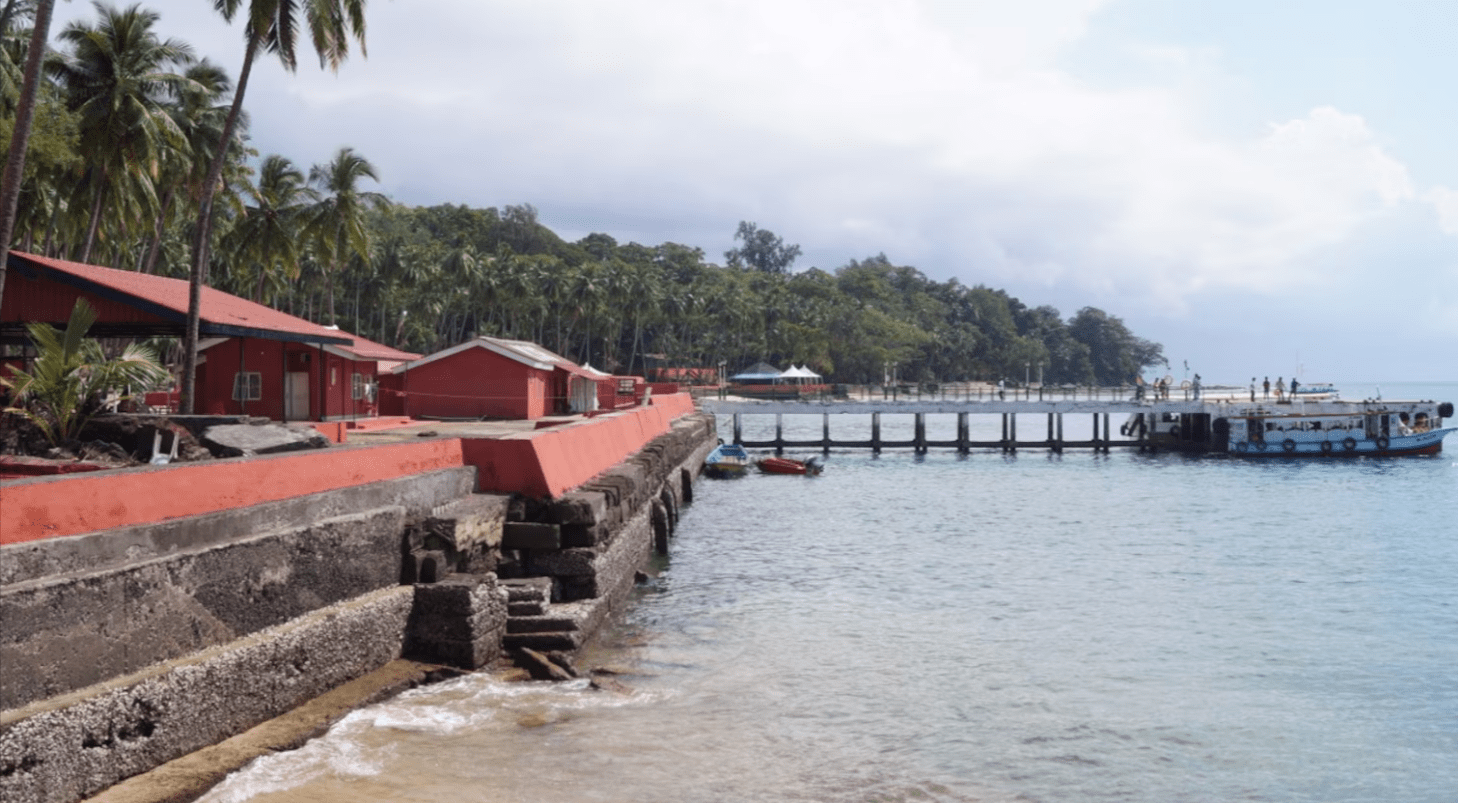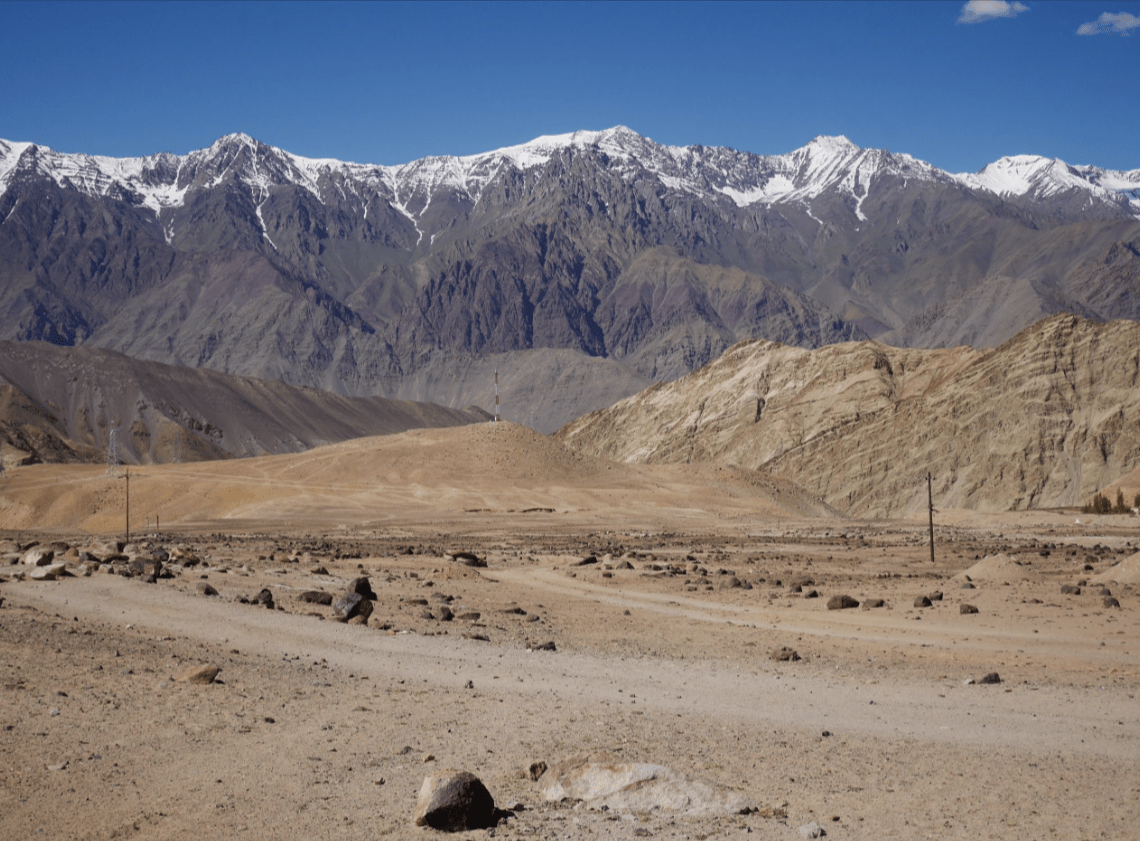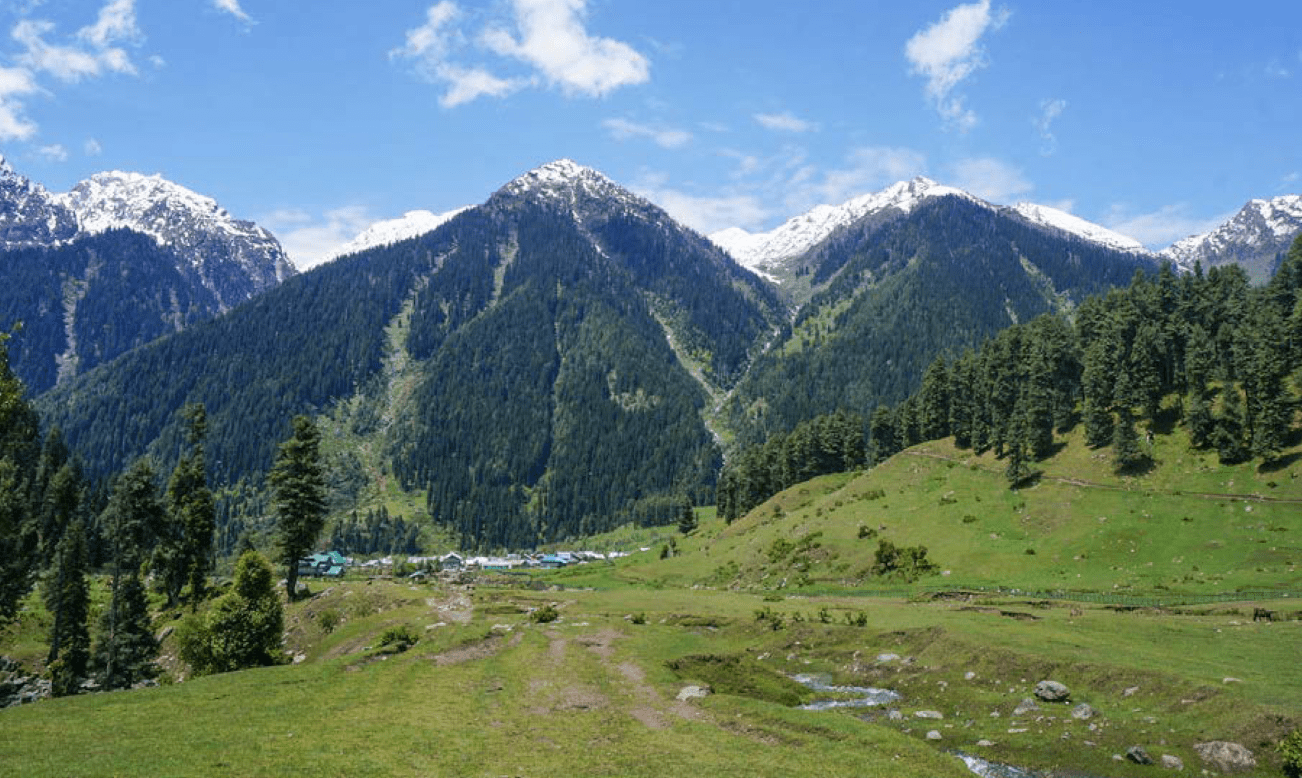The name “Unakoti” evokes a sense of majestic allure. Translating to “one less than a crore,” this term hints at an astonishing figure—99,99,999 rock-cut images of deities carved into the hills. The moment I learned about this, I knew I had to see Unakoti in Tripura for myself. Nestled in the lush Jampui Hills, Unakoti’s colossal bas-reliefs rank among the most mesmerizing heritage sites in South Asia.
Situated approximately 178 kilometers from Agartala, the capital of Tripura, Unakoti is a unique Shaiva pilgrimage site. The sheer scale of its grandeur is bound to captivate any visitor. Questions about who created these massive carvings, their purpose, and their era inevitably arise. Unfortunately, a definitive history of Unakoti remains elusive. Archaeologists estimate that these bas-reliefs were crafted between the 7th and 13th centuries, with some suggesting they belong to different periods.
Where historical records fall short, legends and folklore step in. Unakoti is steeped in local myths, which I’ve explored later in this post.
Understanding Bas-Relief Structures
Bas-relief, or low relief, is a sculptural technique where images are carved at a shallow depth. This style was prominent in ancient Egyptian art and other Eastern cultures. Unakoti features some of the largest bas-relief structures in India.
Our visit to Unakoti in October was perfect. The monsoon had just ended, leaving the surroundings lush and green. The weather was ideal, with just the right amount of sunshine and warmth. After a rainy visit to Reiek in Mizoram, Tripura’s sunny welcome was a pleasant change.
We took a train from Silchar to Dharmanagar, arriving in the afternoon. Unakoti, about 20 kilometers from Dharmanagar, is an hour’s drive away. We chose to stay in Dharmanagar overnight and visit Unakoti the next morning, full of anticipation.
Journey to Unakoti
Despite the relatively short distance of 20 kilometers, the final stretch of road to Unakoti was in poor condition. We had hired a car for the trip, and the driver complained about the road quality, citing a lack of infrastructure development in Tripura.
This surprised us, as Tripura generally boasts some of the best roads in the Northeast. The road from Agartala to Udaipur was in good shape. However, the last section to Unakoti was riddled with potholes. Despite this, we enjoyed the scenic ride through tea gardens, charming villages, paddy fields, and Jampui forests. A sign indicating Shivadham and another for Unakoti Eco Park (now defunct) signaled our proximity to the site.
Arriving at a grand gate adorned with a face, we entered without needing tickets and followed the signs to Unakoti Tirtha.
Exploring Unakoti Tirtha
At Unakoti Tirtha, we found ourselves alone. Descending a flight of stairs, we encountered a massive face carved into the cliff, nearly 30 feet high. Its features, including elongated earlobes and a crown, resembled a Buddha statue rather than a Shaivite image, though it was indeed a depiction of a deity.
A few steps further, another face similar to the first one appeared beside a small waterfall, known as Dhaluchhora. The trail split, and we took the path leading to the left, following the stream to another cliff face with a waterfall and a large bas-relief of Ganesha. This imposing Ganesha, with a potbelly and fierce expression, is bathed by the waterfall during the monsoon.
Continuing along, we came across a statue marked Chaaturmukhalinga Kalyansundaramurty, which we found less impressive. We then ascended the steps to a small locked room housing excavated statues, displayed without much care.
Among the many panels and bas-reliefs at Unakoti, the most famous is the colossal image of Lord Shiva, known as Unakotishwara Kal Bhairava. Standing about 30 feet tall, this sculpture features an elaborate headdress, flanked by goddess figures, possibly Ganga and Yamuna.
Nearby, we saw a warrior-like goddess, perhaps Durga, and images of two dancing female figures with similar grins. A sculpture of Nandi bull preceded the Shiva image. Further along, we encountered a fallen face, its grin now gazing skyward.
Myths and Legends of Unakoti
Unokoti’s significance as a Shaiva pilgrimage site is enshrouded in myths. Among the most famous legends is the story of Lord Shiva and his entourage of gods, who were supposed to reach Kashi but ended up sleeping through sunrise. As a result, Shiva turned the other deities into stone, creating the “one less than a crore” figures at Unokoti.
Another tale speaks of Kalu Kamar, a devotee who was challenged to create one crore sculptures. He completed 99,99,999 before being tricked by a premature rooster crow, resulting in the site’s name, Unakoti.
Yet another legend recounts Kalu Kamar’s arrogance after completing his task. Believing himself superior, he sculpted his own image, angering the gods and leading to his downfall.
Local folklore, such as the tale of King Jujaru-Fa, also contributes to Unokoti’s mystique. According to this story, the king sought to bring Lord Shiva to his kingdom, resulting in a partial collection of deity statues and the presence of River Gomti instead of Ganga.
Historical Insights
Despite the fascinating myths, the origins of Unokoti remain uncertain. Archaeologists believe the bas-reliefs were created between the 8th and 13th centuries, possibly during different periods. The site may have been sacred to local Tibeto-Burmese tribes, with connections to ancient trade routes influencing the spread of Buddhism and Hinduism to Southeast Asia.
The Archaeological Survey of India suggests that more sculptures might still be hidden in the hills and forests. Historical accounts indicate that Unakoti could be a memorial to the legendary chieftain Subrai, a devotee of Shiva.
Legends add allure to Unokoti, making it an intriguing destination. The grand bas-reliefs carved into the Raghunandan Hills are truly awe-inspiring.
Visiting Unakoti
Unokoti, situated about 178 kilometers from Agartala, is accessible from Kailashahar and Dharmanagar. The Unakoti Hills, part of the Jampui Hills in northern Tripura, are reachable via these towns.
From Agartala, you can take a bus or hire a vehicle to Dharmanagar or Kailashahar, where shared transport to Unakoti is available. Trains from Agartala to Dharmanagar or Kumarghat offer a comfortable and affordable travel option.
If traveling from Assam, take a train to Dharmanagar, where you can stay overnight before heading to Unakoti the next day. We hired a car from Dharmanagar, encountering some road issues but enjoying the journey.
Accommodation
You can stay in Dharmanagar or Kailashahar. The Tripura Government Tourist Lodge in Kailashahar offers reasonable rates. Dharmanagar has several hotels, including Hotel Panchabati, where we stayed.
Entry Fee
No entry fee is required for Unakoti.
Travel Tips
- Wear comfortable shoes and light clothing for walking and climbing.
- Visit early or late afternoon for better photography lighting.
- Carry a water bottle, as there are no significant shops near the site.
Unakoti’s historical and touristic value is undeniable, despite governmental neglect. It has gained popularity and is a candidate for World Heritage Status, which would boost both tourism and historical research.



